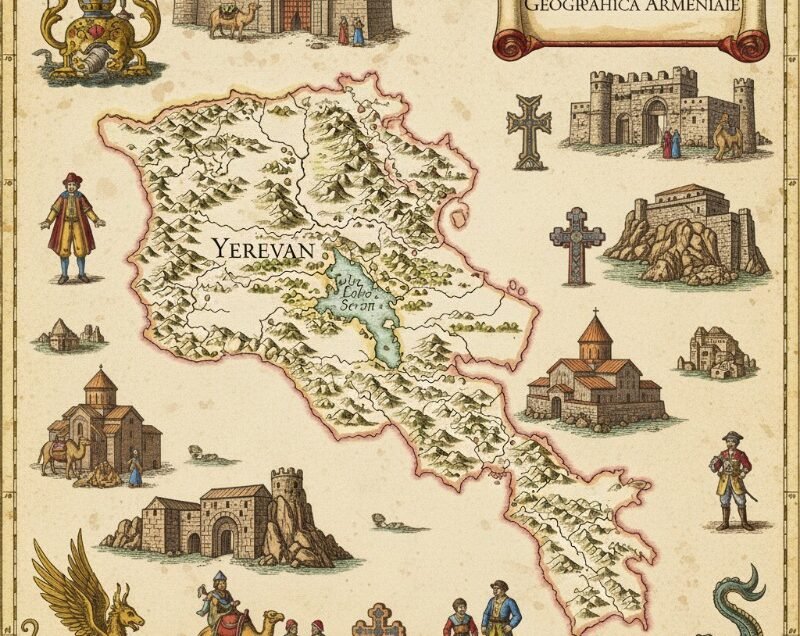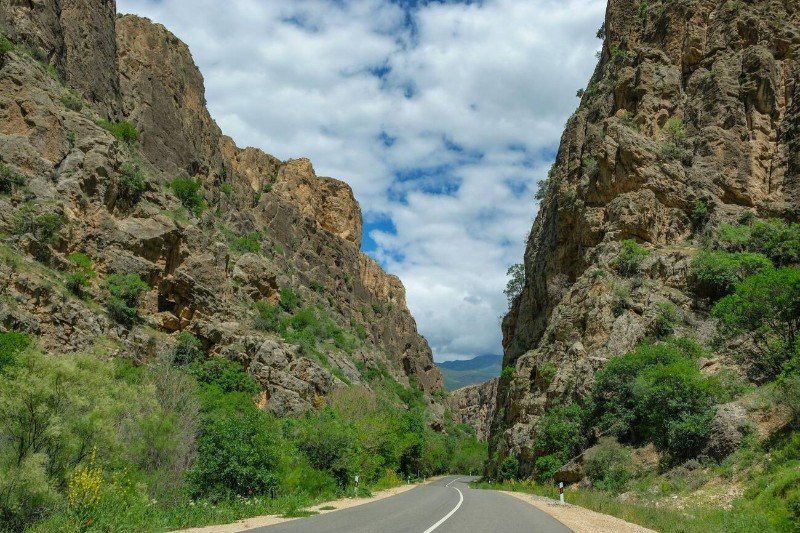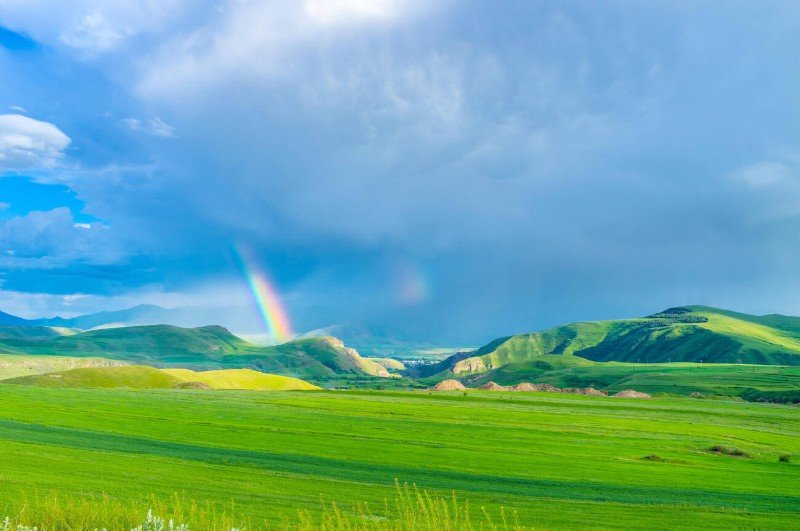Armenia’s highlands are home to some of the most striking mountain ranges in the world. Known as the Land of Peaks, this region combines history, geology, and breathtaking landscapes. From Mount Ararat, a biblical symbol, to Mount Aragats, the nation’s highest point, Armenia’s mountains continue to shape culture, climate, and daily life.
This article explores the geography, cultural significance, and travel opportunities within Armenia’s mountainous regions. Whether you are a traveler, historian, or outdoor enthusiast, the highlands offer knowledge and inspiration. With trails, monasteries, and timeless views, Armenia’s mountains are more than physical landmarks, they are the heart of the nation.
Follow Armenic Tours to know more about Armenia’s highlands, mountain adventures, and cultural experiences in the Land of Peaks.
Geography of Armenia’s Highlands
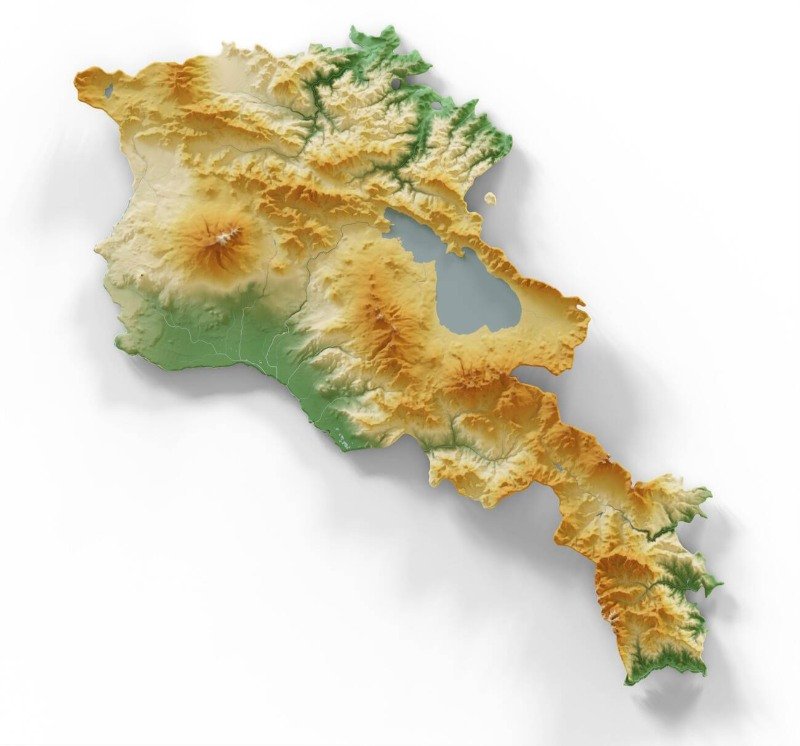
The Backbone of the Nation
Armenia lies within the South Caucasus region, between Europe and Asia. Nearly the entire country rests on elevated terrain, with average altitudes of 1,800 meters above sea level. The Armenian Highland stretches across eastern Turkey, northwestern Iran, and Armenia itself.
The landscape features volcanic plateaus, deep valleys, and rugged peaks. Over millions of years, eruptions and tectonic shifts shaped this high-altitude environment, giving Armenia its unique topography. This elevation defines the climate, with snowy winters in the mountains and mild summers that provide relief compared to neighboring lowlands.
High-altitude lakes, fertile valleys, and fast-flowing rivers originate from these mountains, sustaining both agriculture and settlements for centuries. The highlands are not just terrain, they are the foundation of Armenia’s existence.
Major Mountain Ranges
Several mountain ranges dominate the terrain, each with unique characteristics:
- Gegham Range: A volcanic chain east of Yerevan, dotted with ancient petroglyphs that reveal early human life.
- Vayots Dzor Range: Known for deep gorges, wine-producing valleys, and historic monasteries like Noravank.
- Aragats Massif: The highest mountain in Armenia at 4,090 meters, offering year-round adventure.
Each range contributes to Armenia’s geological diversity and cultural identity, forming natural borders and shaping trade and travel routes throughout history.
Symbol of the Nation: Mount Ararat
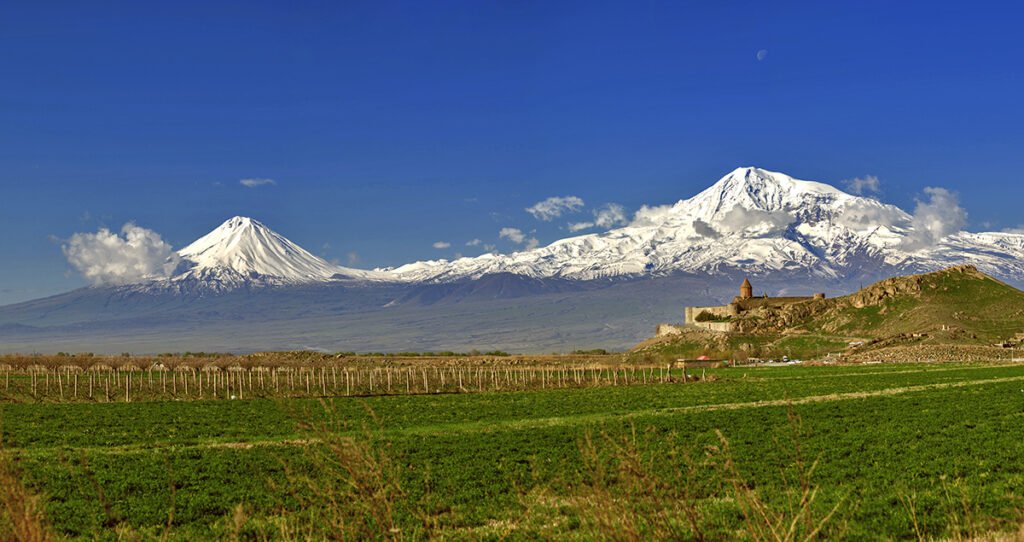
Although Mount Ararat lies within modern-day Turkey, it remains the national symbol of Armenia. Visible from Yerevan on a clear day, the twin peaks, Greater Ararat (5,137 m) and Lesser Ararat (3,896 m), dominate the skyline.
According to ancient tradition, this is the resting place of Noah’s Ark after the Great Flood. Beyond biblical references, Mount Ararat stands as a powerful emblem in Armenian literature, art, and collective memory.
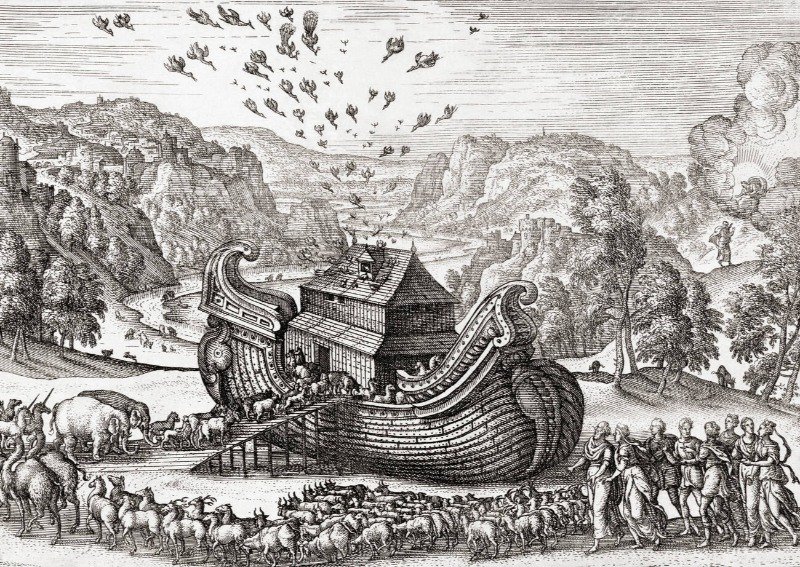
The mountain is snow-capped for most of the year, glowing golden at sunrise and sunset. Photographers and travelers often describe the view from Yerevan as one of the most unforgettable sights in the Caucasus. For Armenians, Ararat represents resilience, continuity, and hope, even though political borders separate it from the modern republic.
Mount Aragats: The Highest Peak in Armenia
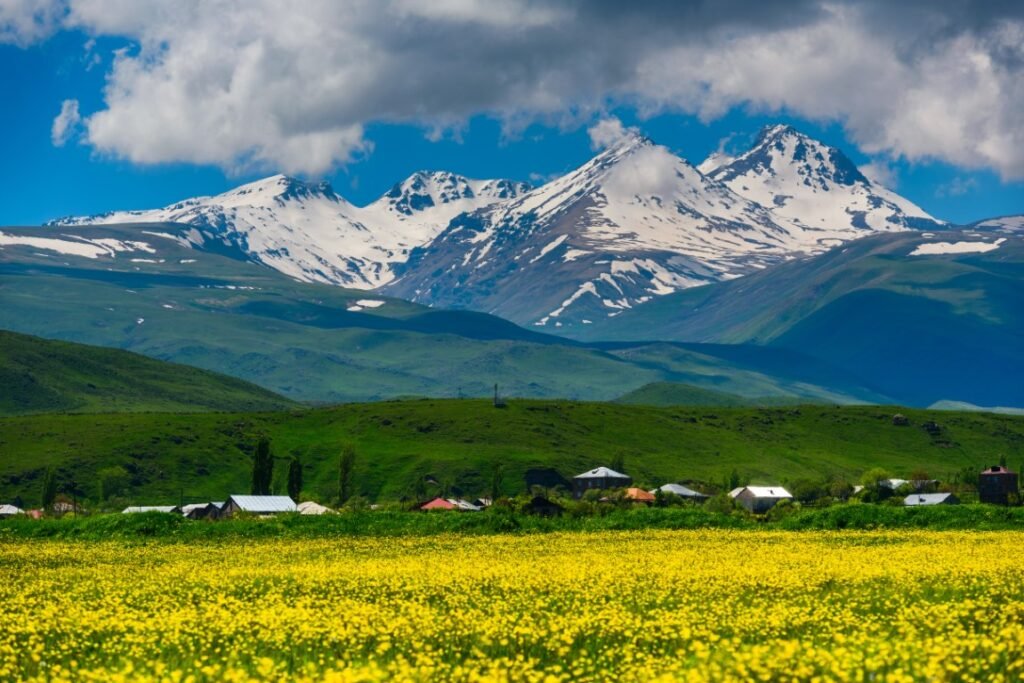
Located northwest of Yerevan, Mount Aragats rises to 4,090 meters. This dormant volcanic massif has four distinct summits, encircling a crater formed by ancient eruptions. Climbers often attempt the southern summit, which is more accessible, while the northern summit is the highest and requires more technical skill.
During summer, hikers enjoy trails across wildflower meadows, glacial lakes, and volcanic plateaus. In winter, the slopes attract skiers, snowboarders, and mountaineers. For locals, Aragats is a year-round destination for recreation, science, and culture.
Nearby attractions add depth to the region:
- Amberd Fortress: A 7th-century fortress standing at 2,300 meters, offering history against a backdrop of mountain scenery.
- Byurakan Observatory: One of the leading astronomical centers in the former Soviet Union, still active in modern research.
- Lake Kari: A crystal-clear alpine lake at 3,200 meters, often frozen well into late spring.
Aragats combines natural beauty with historical and scientific importance, making it one of Armenia’s most defining landmarks.
Cultural and Historical Significance
Sacred Landscapes
Armenia’s mountains are more than geological formations. They are sacred landscapes tied to religion, heritage, and national survival. Many monasteries, churches, and khachkars (stone crosses) stand high in the mountains, built to symbolize closeness to the divine.
For centuries, Armenians turned to the highlands for strength and protection. Monasteries such as Noravank, set against red cliffs, and Tatev, perched above the Vorotan Gorge, show the enduring connection between faith and nature.
Ancient Traces
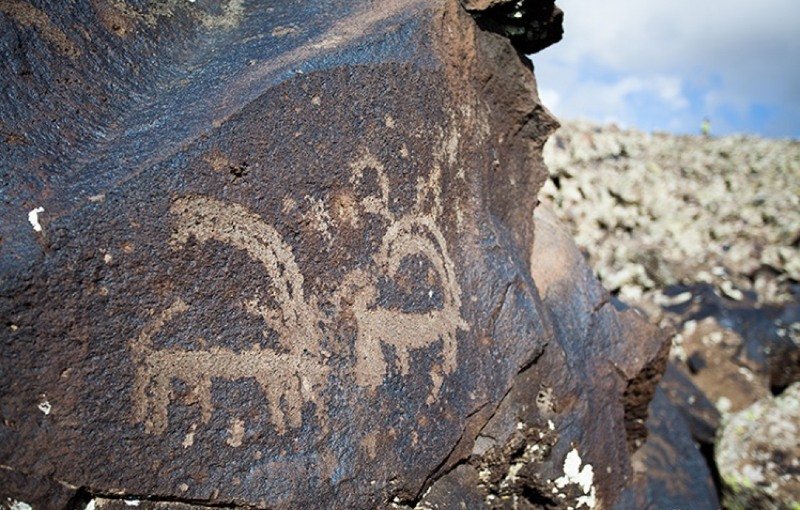
Archaeological discoveries prove the highlands have been inhabited for thousands of years. Petroglyphs carved into rocks in the Gegham mountains depict hunting scenes, celestial bodies, and ancient rituals. These carvings provide rare insight into prehistoric life and beliefs.
Ancient fortresses also mark the highlands. Many were constructed on ridges and cliffs to control trade routes and defend against invasions. Armenia’s mountainous terrain made it a natural stronghold, shaping its survival throughout history.
Nature and Wildlife
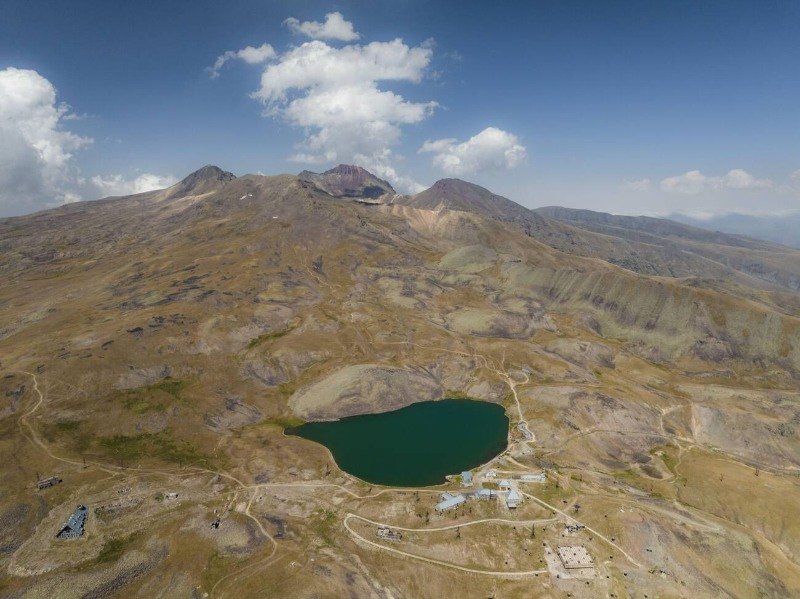
Armenia’s highlands support diverse ecosystems. From alpine meadows to volcanic lakes, these landscapes host unique flora and fauna.
- Lake Kari, near Mount Aragats, sits at 3,200 meters. It freezes in winter and begins to thaw in late spring, creating striking contrasts between snow and water.
- Rare animals such as the Caucasian leopard, Armenian mouflon, and brown bear inhabit these mountains, though they remain difficult to spot.
- Birdwatchers visit highland lakes and valleys to observe migratory species, including eagles, vultures, and rare waterfowl.
Seasonal changes bring dramatic transformations. In spring and summer, meadows bloom with colorful wildflowers, while autumn paints valleys in gold and red. Winter turns the mountains into a snowy wilderness, offering new opportunities for exploration.
Outdoor Activities in Armenia’s Highlands
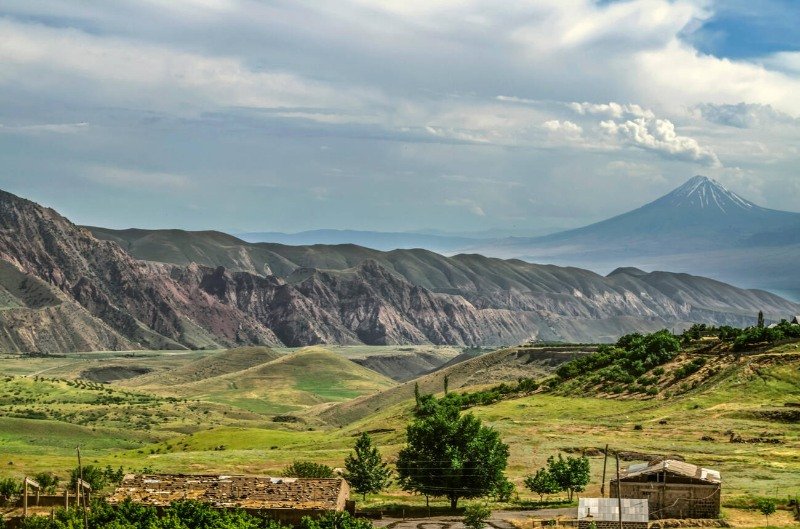
Hiking and Trekking
The highlands provide trails for every skill level. Dilijan National Park offers gentle routes through forests and meadows, while multi-day treks across the Gegham Range challenge seasoned hikers. Many routes pass ancient monasteries, abandoned villages, and natural landmarks, blending physical activity with cultural discovery.
Climbing and Skiing
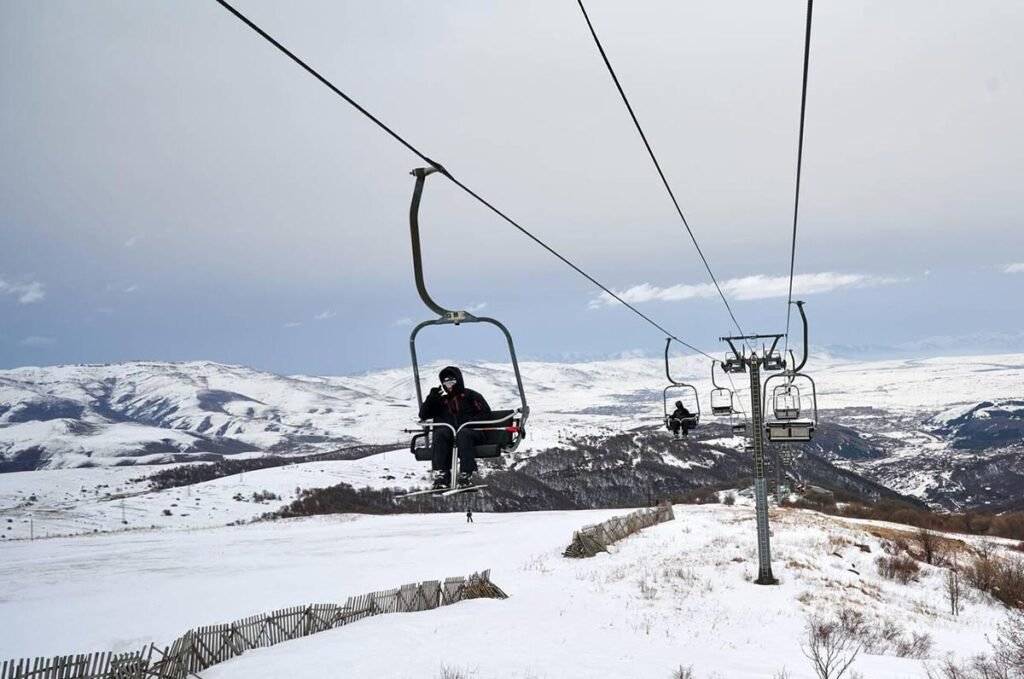
Mount Aragats is a top destination for climbers during the summer months. In winter, its slopes and surrounding resorts like Tsaghkadzor attract skiers and snowboarders. Off-piste areas give experienced athletes challenging runs, while resorts offer family-friendly options.
Cultural Tours
Travelers often combine outdoor adventures with cultural experiences. Visits to monasteries, fortresses, and rural villages provide a deeper understanding of Armenia’s heritage. Local hospitality, paired with traditional dishes such as khorovats (barbecue) and lavash bread, enriches every journey.
Sustainable Travel and Preservation
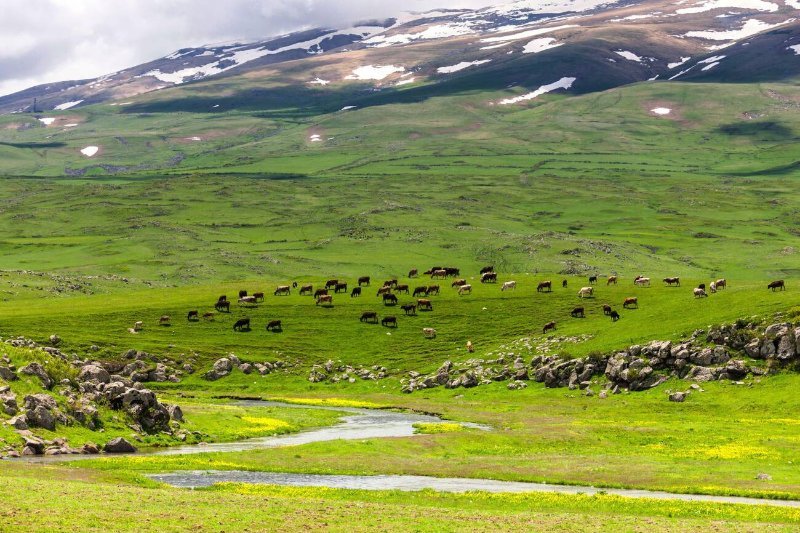
Tourism in Armenia’s highlands continues to grow, but sustainability remains essential. Fragile ecosystems require careful management, and cultural landmarks must be preserved.
Local initiatives promote eco-tourism, offering guided hikes, educational programs, and community-led hospitality. By choosing responsible travel options, visitors support conservation while enjoying authentic experiences. Protecting the Land of Peaks ensures that Armenia’s highlands remain vibrant for future generations.
Conclusion
Armenia’s highlands are more than mountains. They are the foundation of the nation’s history, culture, and natural environment. From Mount Ararat’s symbolic presence to Mount Aragats’ rugged heights, the Land of Peaks offers knowledge, beauty, and adventure. For travelers seeking authentic landscapes, historians studying ancient civilizations, or nature enthusiasts following wildlife, Armenia’s mountains remain unforgettable. The highlands invite exploration, reflection, and respect for a land shaped by both nature and time.
FAQ
What is the highest mountain in Armenia
The highest mountain in Armenia is Mount Aragats, which rises to 4,090 meters. It has four summits, with the northern peak being the tallest.
Why is Mount Ararat significant for Armenians
Mount Ararat is deeply symbolic in Armenian culture and history. Despite lying outside modern Armenia’s borders, it is seen as a national emblem and is linked to Noah’s Ark.
What activities can visitors enjoy in Armenia’s highlands
Visitors can enjoy hiking, trekking, skiing, cultural tours, and wildlife watching. Popular destinations include Dilijan National Park, Mount Aragats, and monasteries such as Noravank and Tatev.


